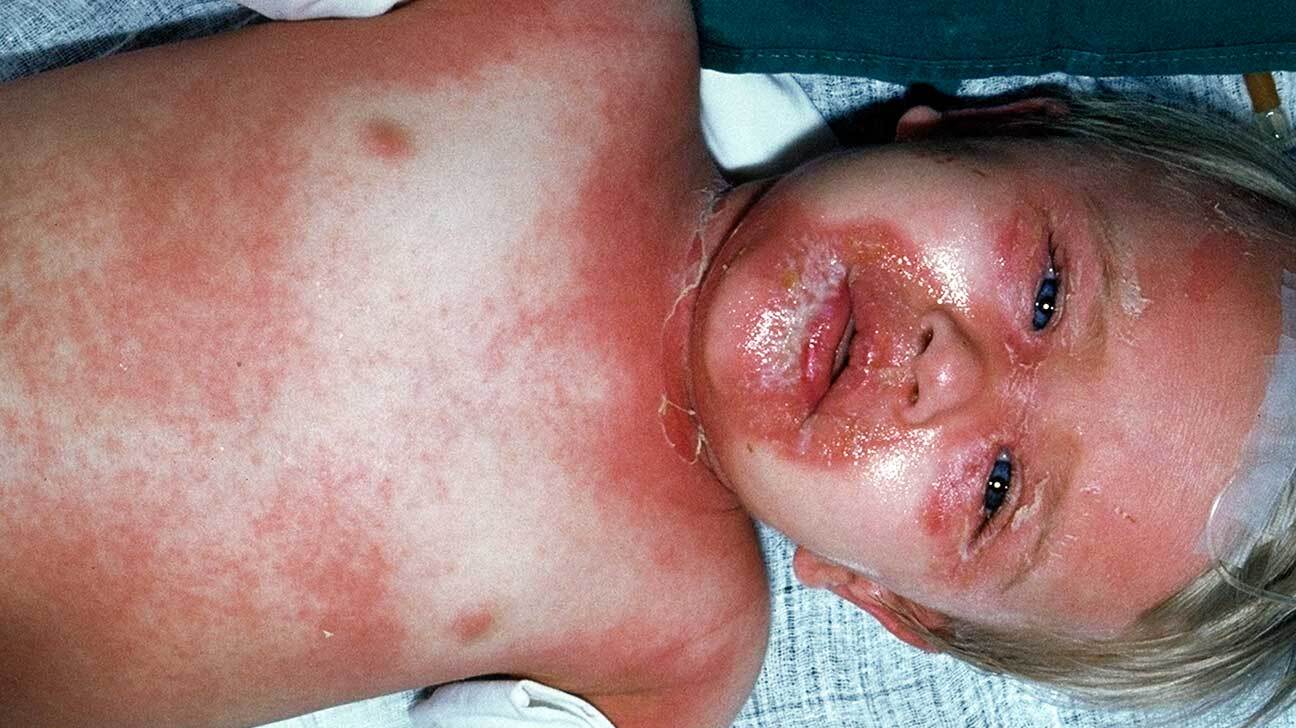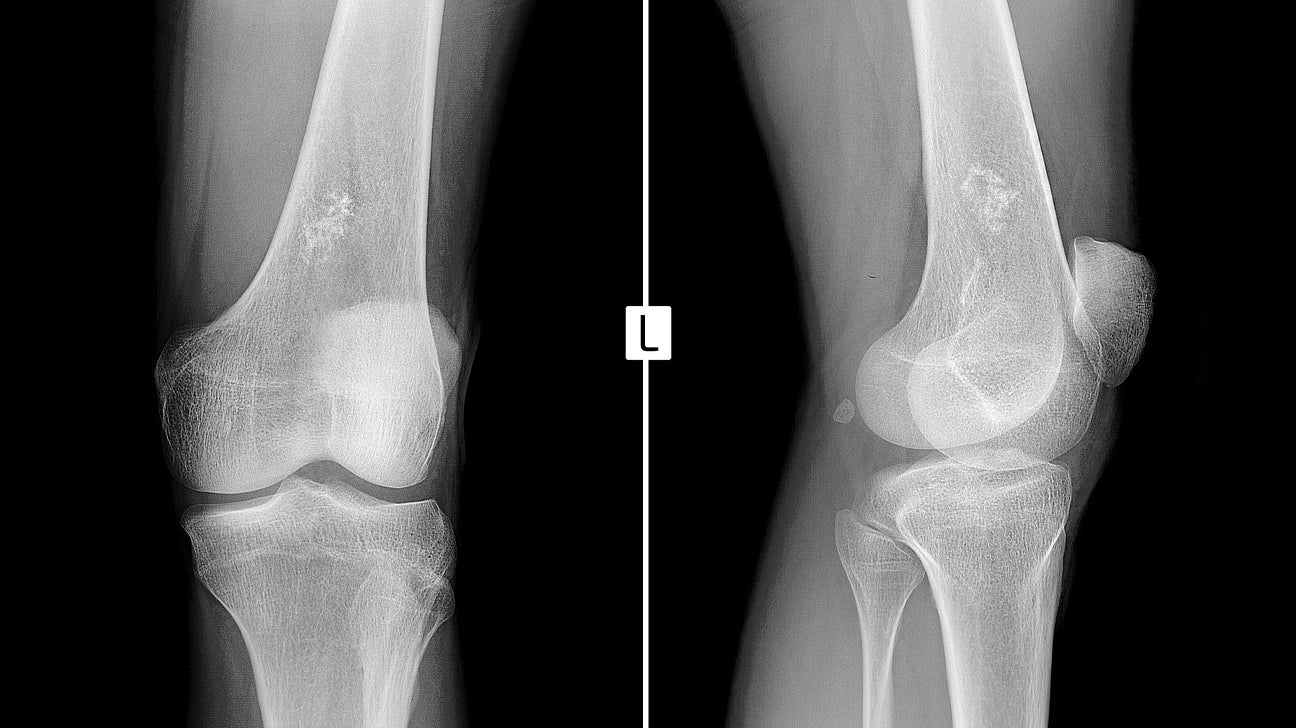
Staphylococcal Scalded Skin Syndrome (SSSS) is a serious skin condition caused by toxins produced by certain strains of Staphylococcus bacteria. SSSS primarily affects infants and young children, leading to red, blistering skin that looks like it has been scalded. This condition can be alarming, but understanding its causes, symptoms, and treatments can help manage it effectively. In this post, we’ll dive into 50 crucial facts about Staphylococcal Scalded Skin Syndrome to provide a comprehensive overview. From how it spreads to the best treatment options, we’ve got all the essential information you need to know about this skin condition.
Key Takeaways:
- Staphylococcal Scalded Skin Syndrome is a serious skin condition caused by bacteria, mainly affecting young children. Early recognition and treatment are crucial for a good prognosis.
- Good hygiene practices and prompt treatment of infections can help prevent Staphylococcal Scalded Skin Syndrome. Most children recover fully within 10 days with early treatment.
What is Staphylococcal Scalded Skin Syndrome?
Staphylococcal Scalded Skin Syndrome (SSSS) is a serious skin condition caused by a bacterial infection. It primarily affects infants and young children. Here are some key facts about this condition.
- SSSS is caused by the Staphylococcus aureus bacteria.
- The bacteria produce toxins that lead to skin damage.
- It is also known as Ritter's disease.
- SSSS is more common in children under the age of 5.
- Adults with weakened immune systems can also be affected.
- The condition is rare but can be severe.
- SSSS starts with a localized infection, often around the nose or mouth.
- The toxins cause the skin to blister and peel.
- The affected skin looks like it has been scalded by hot water.
- SSSS can spread quickly over large areas of the body.
Symptoms of Staphylococcal Scalded Skin Syndrome
Recognizing the symptoms of SSSS early can lead to quicker treatment and better outcomes. Here are some common symptoms to look out for.
- Redness and swelling around the infection site.
- Blisters filled with clear fluid.
- Skin peeling in sheets.
- Fever and chills.
- Irritability and discomfort in infants.
- Painful skin that feels like sandpaper.
- Cracked, dry lips.
- Conjunctivitis or pink eye.
- Loss of appetite.
- General malaise and fatigue.
How is Staphylococcal Scalded Skin Syndrome Diagnosed?
Diagnosis of SSSS involves a combination of clinical examination and laboratory tests. Here are some methods used by healthcare professionals.
- Physical examination of the skin.
- Blood tests to identify the bacteria.
- Skin biopsy to examine tissue under a microscope.
- Swab tests from the infection site.
- Culturing bacteria from the blisters.
- Checking for the presence of exfoliative toxins.
- Reviewing patient history and symptoms.
- Differential diagnosis to rule out other conditions.
- Imaging tests are rarely needed.
- Early diagnosis is crucial for effective treatment.
Treatment Options for Staphylococcal Scalded Skin Syndrome
Effective treatment can significantly improve the prognosis for patients with SSSS. Here are some common treatment options.
- Intravenous antibiotics to fight the infection.
- Pain management with analgesics.
- Fluid replacement therapy to prevent dehydration.
- Topical ointments to soothe the skin.
- Hospitalization for severe cases.
- Monitoring for secondary infections.
- Skin care to prevent further damage.
- Nutritional support for recovery.
- Avoiding the use of steroids, which can worsen the condition.
- Follow-up care to ensure complete recovery.
Prevention and Prognosis of Staphylococcal Scalded Skin Syndrome
Preventing SSSS involves good hygiene practices and early treatment of infections. Here are some tips and information on the prognosis.
- Regular hand washing to prevent the spread of bacteria.
- Keeping wounds clean and covered.
- Avoiding contact with infected individuals.
- Prompt treatment of minor skin infections.
- Good overall hygiene in childcare settings.
- The prognosis is generally good with early treatment.
- Most children recover fully within 10 days.
- Severe cases can lead to complications like sepsis.
- Scarring is rare but can occur.
- Long-term follow-up is usually not needed.
Final Thoughts on Staphylococcal Scalded Skin Syndrome
Staphylococcal Scalded Skin Syndrome (SSSS) is a serious condition caused by a bacterial infection. It mainly affects young children and infants, leading to red, blistered skin that looks like it’s been scalded. Early diagnosis and treatment are crucial to prevent complications. Antibiotics are the primary treatment, and most patients recover fully with proper care. Understanding the symptoms and risk factors can help in early detection. Good hygiene practices and prompt medical attention play a vital role in managing this condition. By staying informed, you can better protect yourself and your loved ones from SSSS. Remember, knowledge is power when it comes to health. Stay vigilant, and don’t hesitate to seek medical advice if you suspect an infection.
Frequently Asked Questions
Was this page helpful?
Our commitment to delivering trustworthy and engaging content is at the heart of what we do. Each fact on our site is contributed by real users like you, bringing a wealth of diverse insights and information. To ensure the highest standards of accuracy and reliability, our dedicated editors meticulously review each submission. This process guarantees that the facts we share are not only fascinating but also credible. Trust in our commitment to quality and authenticity as you explore and learn with us.


